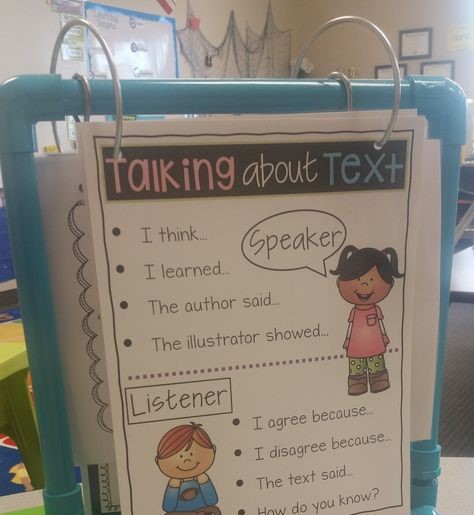Introduction
In today’s fast-paced digital world, educators are constantly seeking innovative solutions to improve and enhance the classroom experience. One such groundbreaking technology is the Classroom Talk-to-Text Project, a revolutionary initiative that is transforming the way students and teachers interact, learn, and collaborate.
The Concept of Classroom Talk-to-Text Project
The Classroom Talk-to-Text Project aims to capture spoken language in real-time and convert it into written text using advanced speech recognition technology. This innovative project harnesses the power of artificial intelligence to process oral communication and instantly display it for all participants to see, paving the way for more engaging and inclusive educational environments.
Advantages of Talk-to-Text in the Classroom
1. Enhanced Accessibility: Implementing talk-to-text technology benefits students with hearing impairments or those who struggle with auditory processing. By displaying conversations visually, these students can continue to be engaged and participate in discussions actively.
2. Improved Comprehension: Seeing spoken words in written form aids in retention and comprehension for all students, regardless of their learning abilities. This helps ensure that everyone grasps complex topics and improves overall performance.
3. Real-time Translation Capabilities: With language barriers becoming less prominent in diverse classrooms, talk-to-text technology can be coupled with translation software to provide instant translations in multiple languages to promote better understanding among multicultural student populations.
4. Encouragement of Active Participation: The documentation of conversations can help support shy or introverted students who may hesitate to speak up during class discussions by allowing them to review written text from their peers at their own pace.
5. Time-efficient Classroom Management: This technology can save valuable classroom time by quickly converting spoken instructions into written form. Teachers can easily track discussions and use this documentation for further reference, eliminating the need for taking manual notes during class.
Challenges Faced by the Classroom Talk-to-Text Project
While the benefits of the Classroom Talk-to-Text Project are immense, there are a few challenges that need to be addressed:
1. Accuracy Concerns: Speech recognition technology must continue to improve its accuracy to reduce misunderstandings caused by misinterpretations. It must also adapt to recognize varying accents, dialects, and pronunciations.
2. Privacy and Confidentiality: Protecting student privacy with this technology in place is a significant concern. The implementation of robust security measures to prevent unauthorized access to transcripts or recordings is essential.
3. Possible Reliance on Technology: Students must understand that technology should only be used as a tool and not become overly dependent on it for their education.
Conclusion
The Classroom Talk-to-Text Project has the potential to revolutionize learning environments worldwide by bridging accessibility gaps, facilitating better comprehension, and promoting active participation for all students. With continued research and investments in speech recognition technology, this project could transform the educational landscape and shape our future classrooms.





